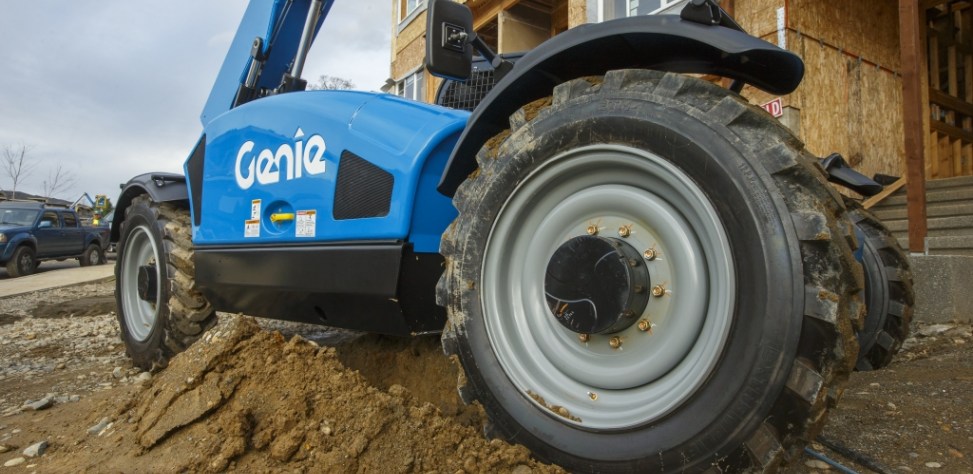Selecting the Right Tires for your Telehandler
by Josh Taylor - Product Manager On Oct 19, 2017, 00:00 AM
Subscribe To Aerial Pros
Filter by tags
While tires are not likely the first thing you think about when spec’ing a telehandler, you should spend a few minutes thinking through your options to ensure you get the right type for the needs of your customers. Tires will impact your telehandler’s reliability, the total cost of ownership and affect your rental customers' jobsite performance and ride comfort.
Here’s a brief overview of what you need to consider when selecting the right tires for your telehandler.
Options
Manufacturers typically offer three options for telehandler tires: Air-filled pneumatic tires, foam-filled pneumatic tires and solid tires. Each option has its own advantages and disadvantages when it comes to the overall performance and the total cost of ownership.
Air-filled pneumatic tires
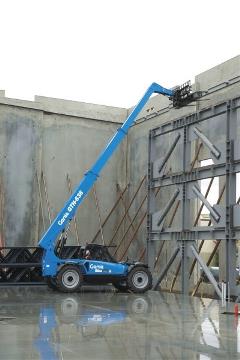 As the least expensive telehandler tire option, air-filled pneumatic tires are the lightest and provide the best overall floatation when working in soft ground conditions. They will also provide the operator with the best overall ride comfort.
As the least expensive telehandler tire option, air-filled pneumatic tires are the lightest and provide the best overall floatation when working in soft ground conditions. They will also provide the operator with the best overall ride comfort.
However, those qualities do come at a cost, especially when working at sites with a lot of construction debris like nails, screws, rebar and other material that could puncture the tire, which is a pretty common place to send telehandlers out on rent. And, as you know, no one profits from downtime.
Foam-filled pneumatic tires
Foam can be added to a pneumatic tire anytime during the life of a set of tires; however, most rental stores prefer to order a new machine with foam already added to the tires. Foam will add additional weight to the machine and affect its performance and floatation. Most operators say foam-filled tires perform better on rough, unimproved terrain because of the added weight. The chance of getting a flat tire on the job is also greatly reduced, but keep in mind, foam-filled tires are still susceptible to damage including sidewall damage. Also, most tire experts will agree that foam fill is hard on tires and can cause them to wear out faster so it’s always important to monitor the wear and tear during its life.
If you’re interested in foam-filled tires, you can expect to pay between 1-1/2 to 2 times as much as air-filled tires.
Solid tires
Solid rubber tires are growing in popularity among rental stores and contractors. They last anywhere from 4-8 times as long as a pneumatic tire, and they make downtime caused by a flat tire a thing of the past. This makes them an ideal fit for building sites with a lot of construction debris. However, the tradeoff is that solid tires are more rigid than foam- or air-filled tires, which will impact the ride comfort for the operator. Also, the added weight of the rubber will adversely affect a telehandler’s floatation in soft ground conditions.
You can expect to pay around 2-3 times more than what you would pay for four air-filled tires.
The choice is yours
Before you decide what type of tires are the right set for you and the needs of your customers, you should review the type of jobsites your telehandlers are working on and determine how frequently flat tires have been an issue in the past.
Related Posts
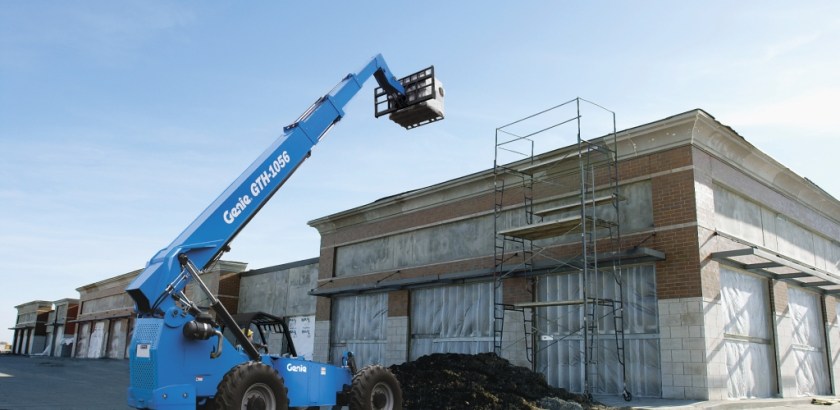
Routine Maintenance Overview for Genie Telehandlers
Reminding your customers about the importance of checking fluid levels and greasing the machine daily should be something your employees do whenever a telehandler goes out on rent.
Continue Reading
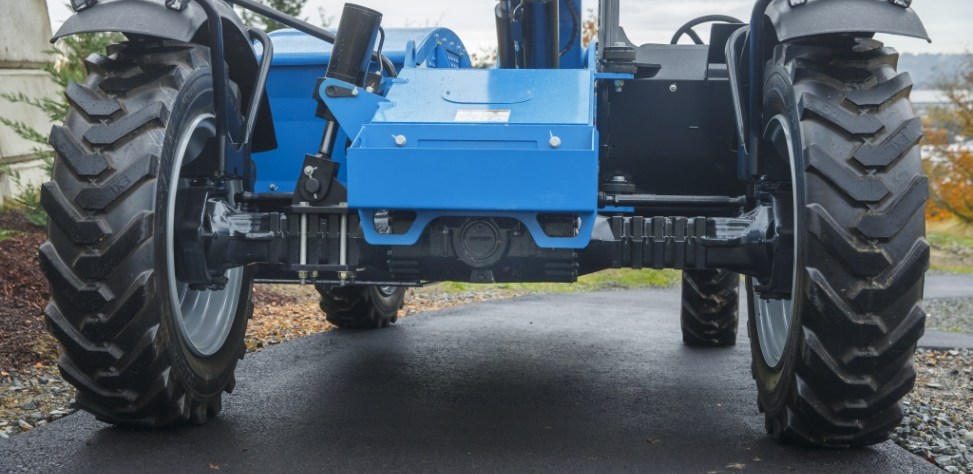
Changing Telehandler Axle Oil
It’s no secret, preventive maintenance keeps rental equipment, like telehandlers, running at peak efficiency, day in and day out.
Continue Reading
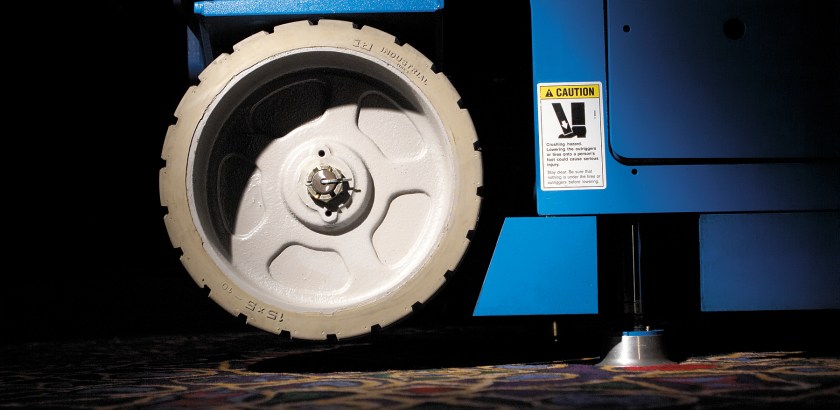
Tire Talk: Inspection and Replacement Tips for Aerial Work Platform Tires
A lot is riding on your aerial work platform (AWP) tires.
Continue Reading


